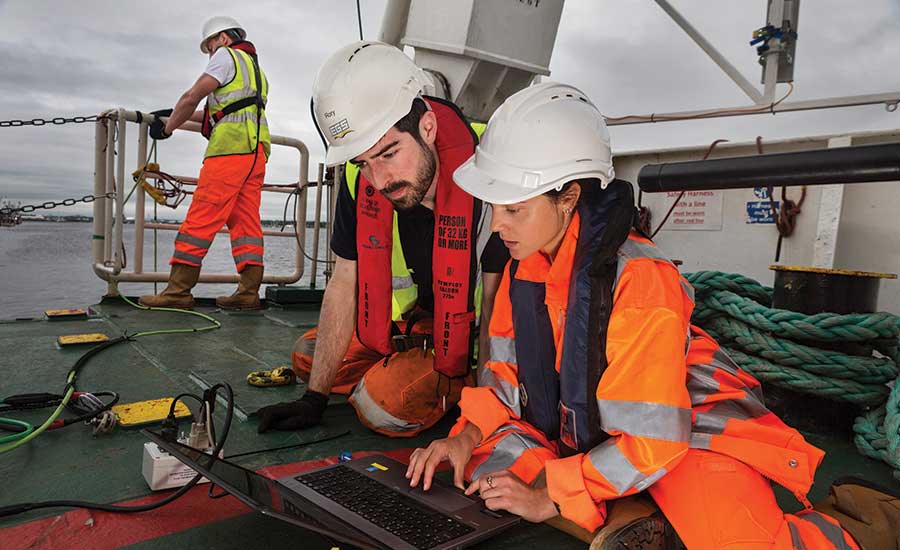In the challenging and dynamic realm of offshore applications, where safety and reliability are paramount, breakaway couplings emerge as indispensable components ensuring the integrity and security of various systems. These couplings serve as a critical link in the offshore infrastructure, designed to provide a controlled and predictable point of failure in the event of excessive tension or pressure. The essence of breakaway couplings lies in their ability to swiftly disconnect two components, mitigating the risk of catastrophic failures and minimizing potential damage to equipment, personnel, and the environment. Offshore environments, characterized by harsh weather conditions, unpredictable waves, and corrosive elements, demand robust and fail-safe solutions. Breakaway couplings act as the first line of defense, safeguarding against overloads and sudden shifts in tension.
These devices are strategically incorporated into subsea pipelines, hose assemblies, and loading systems, enabling a swift and automatic disconnection when predetermined thresholds are exceeded. This feature is particularly crucial during emergency scenarios, such as vessel drift or sudden changes in weather, where the rapid isolation of critical connections prevents extensive damage and ensures the overall reliability of the offshore operation. One of the primary advantages of breakaway couplings is their versatility in accommodating various applications within the offshore sector. Whether used in loading arms for the transfer of liquids between vessels, in subsea oil and gas pipelines, or as safety components in hose assemblies, these couplings are tailored to meet the diverse needs of offshore operations. The adaptability of breakaway couplings contributes to their widespread implementation across different stages of the offshore production process, fostering a comprehensive approach to reliability. Moreover, the design and engineering of breakaway couplings prioritize ease of reconnection after activation, minimizing downtime and facilitating efficient maintenance procedures.
 This ensures that once the safety protocol is triggered, the system can be swiftly restored to operational status, further enhancing the reliability of offshore installations. The ability to quickly resume operations is especially critical in offshore applications, where time-sensitive processes and stringent production schedules prevail. As technology continues to advance, Klaw breakaway coupling are evolving to meet the evolving demands of the offshore industry. Materials with enhanced durability and resistance to corrosion are being integrated, and sophisticated monitoring systems are being implemented to provide real-time data on coupling performance. These advancements not only elevate the reliability of breakaway couplings but also contribute to the overall safety and sustainability of offshore operations. In conclusion, the deployment of breakaway couplings in offshore applications signifies a proactive commitment to reliability and safety. As these couplings continue to evolve and adapt to the ever-changing demands of the industry, their role as a pivotal safety mechanism ensures the resilience and sustainability of offshore operations in the face of unpredictable challenges.
This ensures that once the safety protocol is triggered, the system can be swiftly restored to operational status, further enhancing the reliability of offshore installations. The ability to quickly resume operations is especially critical in offshore applications, where time-sensitive processes and stringent production schedules prevail. As technology continues to advance, Klaw breakaway coupling are evolving to meet the evolving demands of the offshore industry. Materials with enhanced durability and resistance to corrosion are being integrated, and sophisticated monitoring systems are being implemented to provide real-time data on coupling performance. These advancements not only elevate the reliability of breakaway couplings but also contribute to the overall safety and sustainability of offshore operations. In conclusion, the deployment of breakaway couplings in offshore applications signifies a proactive commitment to reliability and safety. As these couplings continue to evolve and adapt to the ever-changing demands of the industry, their role as a pivotal safety mechanism ensures the resilience and sustainability of offshore operations in the face of unpredictable challenges.
